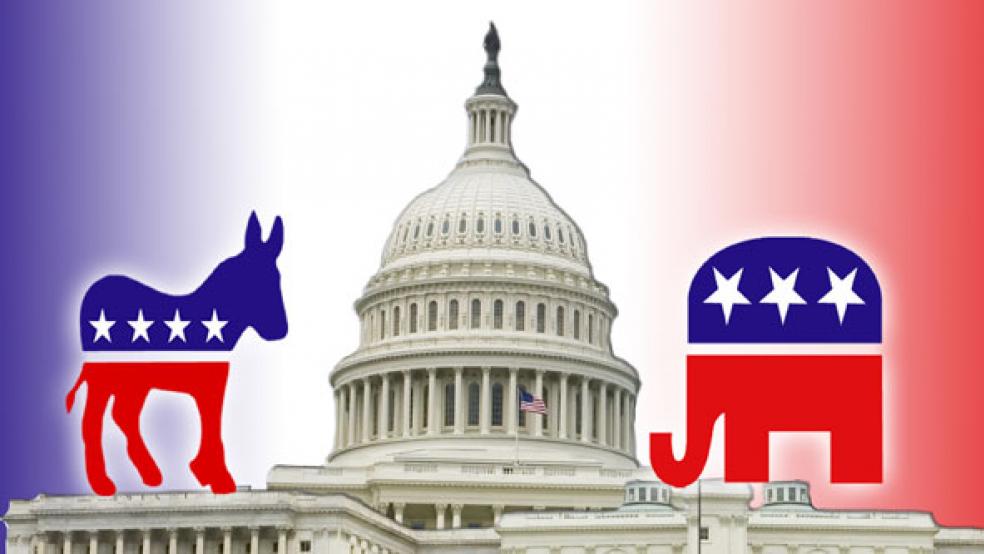In a dramatic government turnabout, the federal civilian workforce has grown for 13 consecutive months, and is now slightly larger than when President Obama first took office in early 2009, in the depths of the recession.
A new report by Government Executive says federal agencies that were once hamstrung by tight budget caps and across the board spending cuts that necessitated downsizing and temporary hiring freezes have picked up the pace in hiring new workers or filling long-standing vacancies.
Related: Why the Federal Workforce May Not be Too Large After All
For instance, federal departments and agencies added 41,000 workers in just the past year, including 3,000 in July. The overall federal workforce – including the U.S. Postal Service – totaled 2.79 million at the end of last month. That is the highest federal employment level since April 2013, according to Bureau of Labor Statistics figures.
Despite its ongoing financial problems and past downsizing, the USPS has been one of the most active agencies in terms of bringing on new workers. It currently employs 15,000 more workers than it did a year ago, according to Government Executive. Other non-postal agencies have added 26,000 jobs.
The federal workforce has ebbed and flowed over the decades since World War II but rarely has seen a major change in overall scale in the past half century. The federal workforce has been a frequent target of government reform efforts under Democratic and GOP administrations that sought to downsize the government through attrition, outsourcing and privatizing federal services.
Related: Why Government and Innovation Are Like Oil and Water
Obama, for instance, took office in 2009 vowing to reinvent government, including a scheme to save taxpayers $3 billion over ten years by consolidating six trade and commerce agencies into one new department and eliminating 2,000 superfluous jobs. But Republicans in Congress blocked the effort.
However, the federal employment level dropped significantly since enactment of the 2011 Budget Control Act, a bipartisan deal aimed at reining in spending by setting tough, legally enforceable budget caps.
When Congress and the Obama administration were unable to agree among themselves on how to meet the targets, that impasse triggered sequestration – or automatic across the board spending cuts – in March 2013.
Related: Why Government and Innovation Are Like Oil and Water
The overall federal workforce bottomed out at 2,726,000 civilian workers in May 2014, which was the lowest number of federal workers over the past decade. Subsequent budget agreements reached in late 2013 and late 2015 blunted the impact of the Budget Control Act and paved the way for the renewed hiring.





